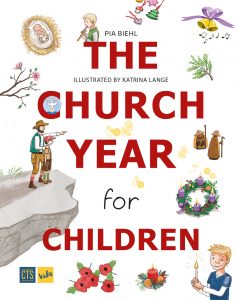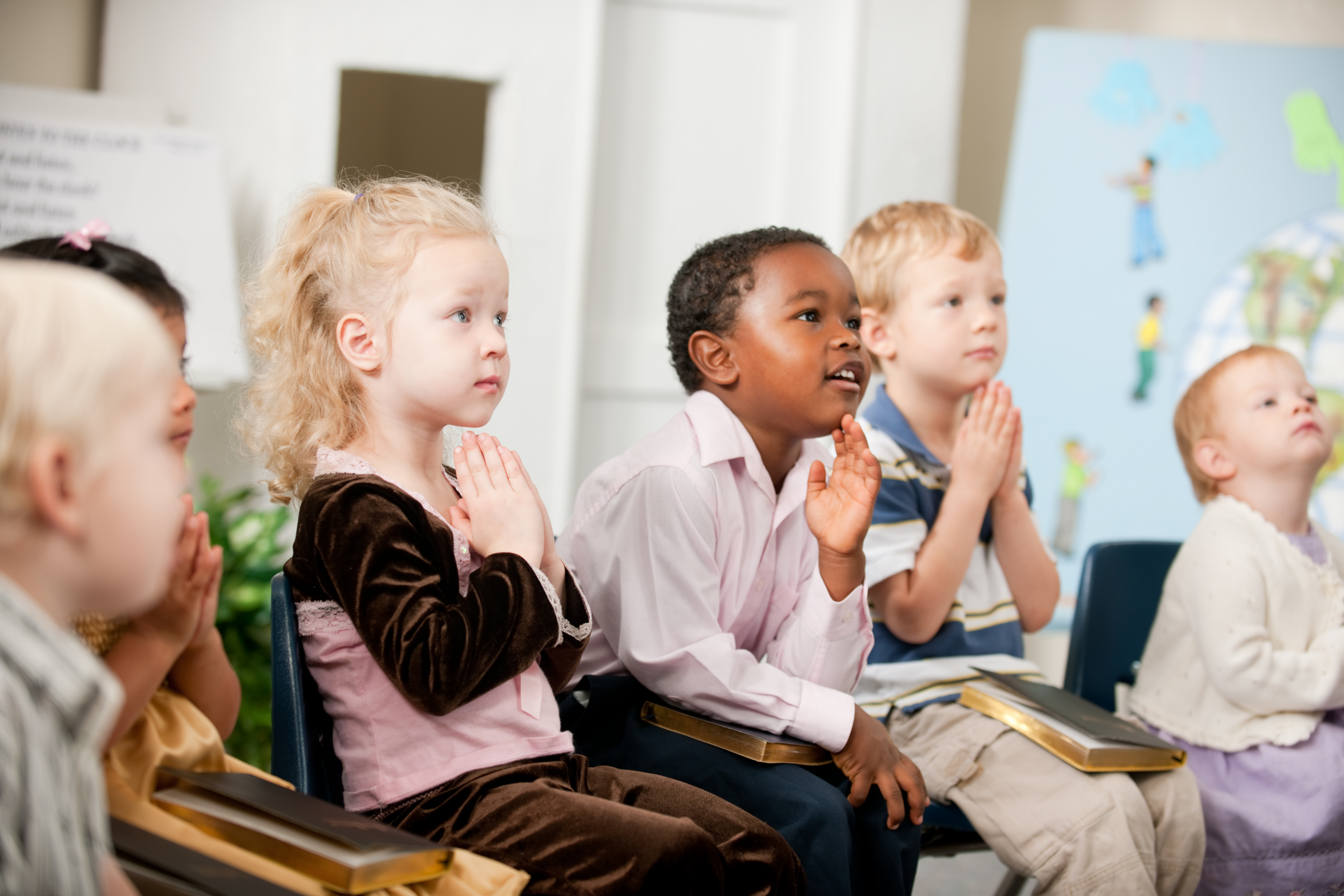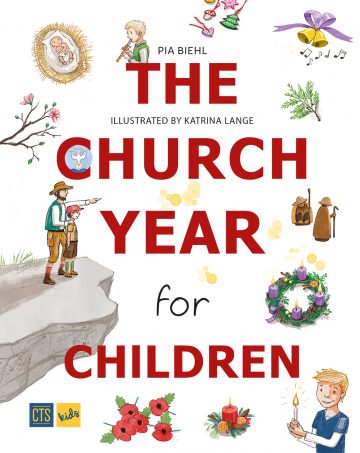Palm Sunday marks the beginning of Holy Week. You may also know it as Passion Sunday. During this week we remind ourselves, in a special way, of the suffering and death of Jesus. Holy Week, at first, starts triumphantly. We celebrate Jesus’s entry into Jerusalem. You can read the story in Matthew’s Gospel:
When they were near Jerusalem and had come in sight of Bethphage on the Mount of Olives, Jesus sent two disciples, saying to them, ‘Go to the village facing you, and you will immediately find a tethered donkey and a colt with her. Untie them and bring them to me. If anyone says anything to you, you are to say, “The Master needs them and will send them back directly”.’ This took place to fulfil the prophecy:
Say to the daughter of Zion:
Look, your king comes to you;
he is humble, he rides on a donkey
and on a colt, the foal of a beast of burden.
So the disciples went out and did as Jesus had told them. They brought the donkey and the colt, then they laid their cloaks on their backs and he sat on them. Great crowds of people spread their cloaks on the road, while others were cutting branches from the trees and spreading them in his path. The crowds who went in front of him and those who followed were all shouting: ‘Hosanna to the Son of David! Blessings on him who comes in the name of the Lord! Hosanna in the highest heavens!’ And when he entered Jerusalem, the whole city was in turmoil. ‘Who is this?’ people asked, and the crowds answered, ‘This is the prophet Jesus from Nazareth in Galilee’. (MT 21:1-11)
Palm Sunday
The people of that time welcomed Jesus into Jerusalem with great rejoicing. They spread palm branches and clothes at his feet. ‘Hosanna to the Son of David!’ They received him like a king.
In remembrance of that day, Christians enter the church on Palm Sunday with blessed palm branches, singing and praying. The palm branches are blessed at the beginning of the Palm Sunday service and carried into the church in a festive procession. After the church service, many Christians tuck their blessed palm branch behind their crucifix at home. They are thought to protect the home.
Maundy Thursday
After Jesus’s triumphal entry into Jerusalem the mood changed dramatically. People who had hailed him as king, called for his death only a few days later: crucify him! Jesus knew what had to come. He wanted to have one last supper with his disciples and make them and us a gift: he gives himself to us in bread and wine. Jesus’s disciples and friends often celebrated this supper together. That’s why we, too, celebrate the Lord’s Supper (the Mass) together nowadays.
After the festive Gloria at the Maundy Thursday Mass, the organ and the bells fall silent. The altar servers lay their altar bells aside and use wooden clappers instead. It is not until the Gloria at the Easter Vigil that the organ, the church bells and the altar bells are used again.
On Maundy Thursday the holy oils and the chrism are consecrated. Chrism is an anointing oil with which you were anointed at your baptism. One of the holy oils is the oil of the sick, with which sick people are anointed when they receive the sacrament of the Anointing of the Sick. These holy oils are consecrated during the Chrism Mass by the bishop in the cathedral of your diocese. On Maundy Thursday, parishes practise the ritual of the Washing of Feet. This reminds us that Jesus washed the feet of his disciples before the Last Supper.
After the Eucharistic celebration on Maundy Thursday, the Blessed Sacrament – the consecrated bread that is reserved in the tabernacle – is carried out of the sanctuary and is kept in a chapel or in a side altar.
Good Friday – the painful journey to Calvary
On Good Friday we Christians walk with Jesus on his painful journey to Calvary, the place where Jesus was crucified. In many churches you can find images of Jesus on this journey called the Way of the Cross. It consists of fourteen stations. On Good Friday, the faithful meet and go together from station to station, praying. In doing so, they listen to the Passion of Jesus and think of the painful path he walked.
The Way of the Cross
* 1st station: Jesus is condemned to death.
* 2nd station: Jesus carries his cross.
* 3rd station: Jesus falls for the first time.
* 4th station: Jesus meets his mother, Mary.
* 5th station: Simon of Cyrene helps Jesus carry the cross.
* 6th station: Veronica wipes the face of Jesus.
* 7th station: Jesus falls for the second time.
* 8th station: Jesus meets the women of Jerusalem.
* 9th station: Jesus falls for the third time.
* 10th station: Jesus is stripped of his clothes.
* 11th station: Jesus is nailed to the cross.
* 12th station: Jesus dies on the cross.
* 13th station: Jesus is taken down from the cross.
* 14th station: The body of Jesus is placed in the tomb.
Easter
The darkness of death is broken by light: Christ is risen! On the Easter night we celebrate the resurrection of Jesus. The faithful gather around the church before the service, where a little fire is burning. The new Easter candle is blessed and lit from this fire. The light of the new Easter candle is carried into the dark church. The faithful light their candles from the light of the Easter candle.
As the light of the angels in the empty tomb and the joy of the women over the resurrection of Jesus made everything bright again, so the light of the Easter candle overcomes the darkness of night and shows us: Christ is risen! The joy of Easter night is also expressed in the Easter proclamation: Christ is risen! Alleluia.
During Easter night, the baptismal water, with which all children are baptised until the next Easter feast, is consecrated as well. All the faithful remember their own baptism and renew their baptismal promises. They profess their faith and are sprinkled by the priest with the newly consecrated baptismal water.
The Easter candle
The angels told the women at the tomb of Jesus’s resurrection. The Easter candle tells us about the resurrection.
The Easter candle is a special candle and the symbols on it have a specific meaning:
* The cross stands for Jesus Christ.
* A and Ω stand for the beginning and the end.
* The numbers stand for the year.
* The five nails symbolise the wounds of Jesus.
* The Easter candle shows us that the risen Christ is right here in our midst.
Perhaps you still have some wax sheets left from the Candlemas candle. What if you create your own Easter candle and take it with you to the Easter Vigil and light it from the new Easter candle?
You might not know:
The date of Easter shifts each year and is not fixed, like Christmas. Easter is a moveable feast that is always celebrated after the first full moon in spring, between 22nd March and 25th April. According to the calendar, spring begins on 21st March. The time the moon is full depends on the earth’s orbit. That is the reason Easter always falls on a different date.
 This blog is extracted from The Church Year for Children. This is a book to help children actively discover the church year. Containing child-friendly illustrations and creative suggestions for organising these special times.
This blog is extracted from The Church Year for Children. This is a book to help children actively discover the church year. Containing child-friendly illustrations and creative suggestions for organising these special times.
Order your copy of The Church Year for Children here.

